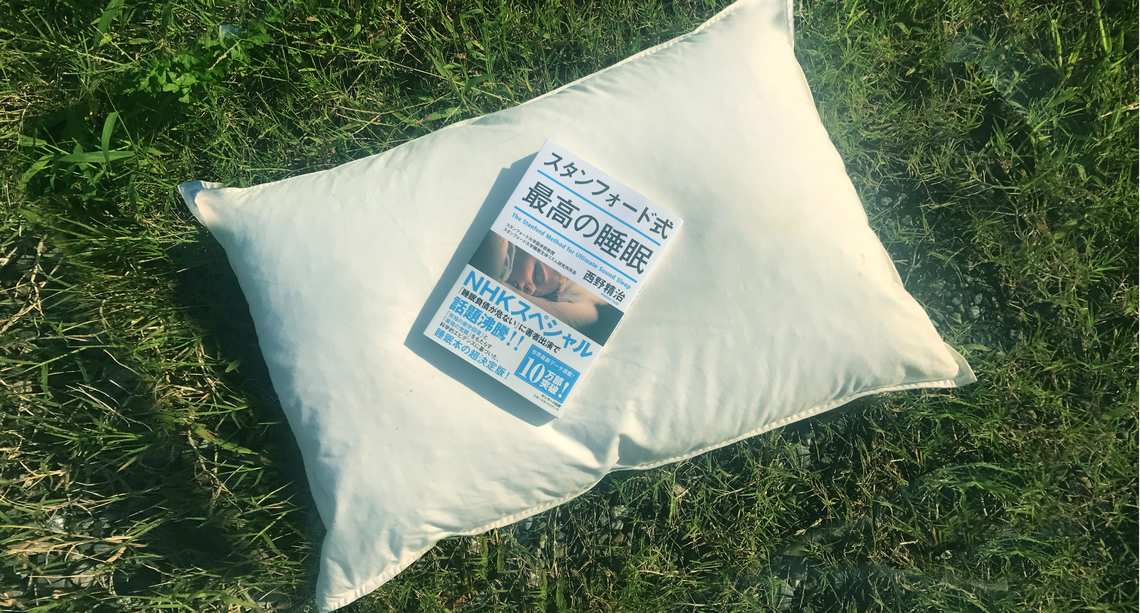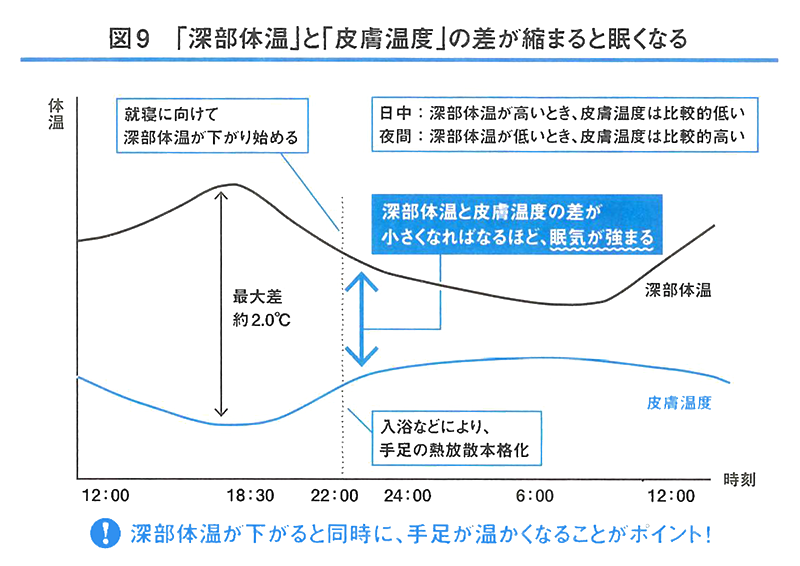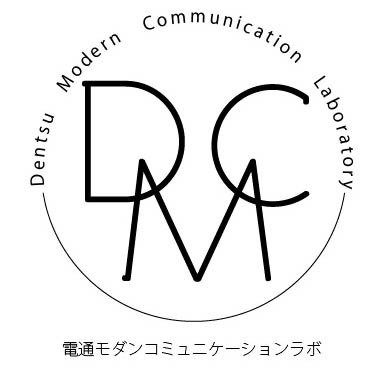"I just can't seem to shake this fatigue lately."
"I get sleepy during the day at work."
"Maybe it's my age..."
You know people like that, right? You know people like that, right? Well, that's me. Sometimes I end up sleeping face-down on my desk. Sorry about that. The term "sleep debt" was trending a while back, but for this column, I'd like to discuss The Stanford Guide to Sleep (Sanmark Publishing), which focuses on improving daytime performance by enhancing sleep quality. The author is Seiji Nishino, a professor at Stanford University, often considered the leading authority in sleep research. Seeing "Stanford" prominently on the cover, I thought it might be a translation, but it's by a Japanese author! I started reading with a pleasant surprise. 
Sleep isn't about length.
You know how sometimes you sleep a lot but still feel surprisingly tired? Well, it seems sleep isn't just about duration. We often hear that sleeping in 90-minute cycles is good, based on the alternating phases of REM sleep (brain awake, body asleep) and non-REM sleep (both brain and body asleep). However, the author firmly disagrees.
Sleep cycles vary significantly between individuals, so an actual cycle can range from about 90 to 120 minutes. Consequently, some researchers suggest that "sleep duration should be a multiple of 120 minutes." Therefore, the optimal wake-up time also differs based on each person's sleep cycle. (p101)
It's not simply about prioritizing length and sleeping longer. So, what kind of sleep actually improves daytime performance quality?
The "first 90 minutes" are crucial.
This book argues that within the total sleep time, the first 90 minutes after falling asleep are the deepest sleep, and improving the quality of this period is crucial.
The key focus in sleep maintenance is deepening the "first non-REM sleep." Achieving deep sleep here regulates the subsequent sleep rhythm, improves autonomic nervous system and hormonal function, and boosts the next day's performance. (p55)
Conversely, no matter how long you sleep, poor quality during these first 90 minutes will lower your next day's performance. The strength lies in its clear assertion: focus on improving those first 90 minutes.

From 'The Stanford Guide to Sleep' P.115
Bathe 90 minutes before bedtime.
So, how do you improve the quality of that first 90 minutes? The author strongly recommends bathing 90 minutes before bedtime. The underlying principle is the relationship between skin temperature and core body temperature (the internal body temperature).
Before falling asleep, a child's hands and feet become warm, "raising" their skin temperature. What's happening is that by first "raising" skin temperature and then dissipating heat through the numerous capillaries in the hands and feet, they efficiently "lower" core body temperature. Why lower core body temperature? Because that is the gateway to sleep. In other words, while sleeping, core body temperature drops, and conversely, skin temperature rises. (p125)
Raising skin temperature to lower core body temperature and narrowing the gap between these two temperatures is the key to achieving quality sleep onset. Building on this, the significance of bathing is explained as follows. It's a bit complex, but it makes perfect sense.
Our experimental data on bathing shows that after soaking in a 40°C bath for 15 minutes, core body temperature also rises by about 0.5°C. If your usual core temperature is 37°C, it becomes 37.5°C after bathing. This "temporary rise in core temperature" is crucial because core temperature has a property where it attempts to drop significantly by the same amount it rose. Therefore, intentionally raising core temperature through bathing leads to a larger "drop in core temperature" needed for sleep onset, promoting deep sleep. It takes 90 minutes for the core temperature, raised by 0.5°C, to return to its original level. It only begins to drop further below its pre-bath level after that. In other words, if you finish bathing 90 minutes before bedtime, your core temperature will continue to decrease afterward, narrowing the gap with your skin temperature and allowing you to fall asleep smoothly. (p131-132)
You raise your skin temperature by bathing while simultaneously lowering your core temperature through heat dissipation. If you get into bed in sync with the narrowing gap between these two temperatures, "the best sleep" awaits you.
I tried it.
So I tried the 90-minute-before bath. Conclusion: I feel great. My mind is sharp. Honestly, there might still be some placebo effect at play right now. But shifting from that vague sense of fatigue – like "I'm sleep-deprived" or "I feel kinda sluggish" – to a focused mindset of "Alright, I'm going to sleep soundly for the first 90 minutes!" feels incredibly satisfying. I'm curious to see how much my work productivity can improve, so I plan to keep this up a little longer. This book introduces various other sleep techniques besides this one, so if you're interested, I highly recommend picking it up.








